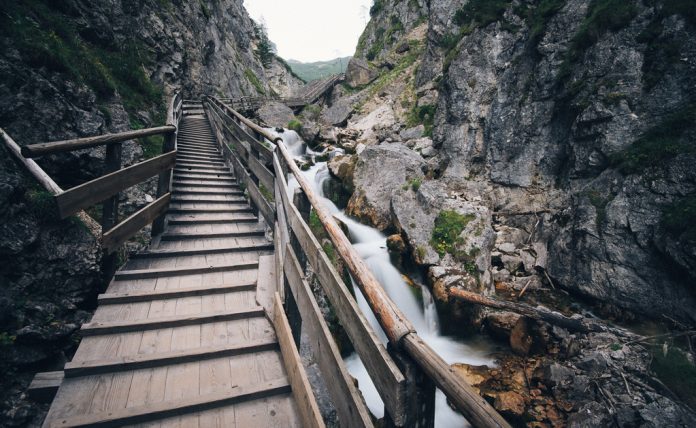
Years ago, as I finished out my office job and prepared for my first year-long media assignment in East Africa, a war photographer died, killed in the siege of Misrata, during Libya’s civil war. His name was Tim Hetherington.
You may not have heard of him. His somewhat meteoric rise as a photojournalist in some of the world’s hottest conflict zones though made an impact on how I defined my role overseas, and ever since.
War zones
Hetherington was British born. He had a fairly steady rise up the ranks, thanks to a comfortable upbringing and golden opportunities. He had a chance to travel as a young man, went to a good university to study photojournalism and apprenticed under some experienced photographers along the way.
He had a gift for images and would have excelled in any photographic field. But he eschewed commercial and entertainment gigs. Instead, he spent almost a decade in West Africa, most notably Liberia, Nigeria and Sierra Leone, documenting civil unrest there.
He also spent time in Afghanistan’s Korangal Valley, nicknamed “the valley of death.” He and writer, Sebastian Junger, produced an award-winning documentary, “Restrepo,” telling the story of an American platoon stationed there.
He walked the red carpet at the Academy Awards for his work on “Restrepo,” and just weeks later, he died in Libya, in 2011. Documentaries were made of his life. Awards honor his legacy.
Voiceless
But none of that is what specifically impacted me, as I prepared to move overseas and tell stories about people in other cultures. Too often, I’d heard the phrase “giving voice to the voiceless,” in relation to humanitarian work, and it never sat well. It doesn’t matter where you are, people have vibrant, poignant voices. They are perfectly capable of sharing their own tales. They are not “voiceless.” So, what was I seeking to do in Africa?
In a 2013 documentary on Hetherington, called “Which Way Is the Front Line From Here?” his friend and the film’s director, Junger, captures these comments from Hetherington: “A lot of photographers, I think, are presenting their work as if it’s like, you know, you have to see this, the world needs to see this, this kind of … moral outrage. And for me, you know, moral outrage motivates me, but I don’t see it as a useful tool to get people to engage with the world. I think that we need to build bridges to people.”
Let me pull out the piece that I’ve thought of over and over since I first heard it:
“I think that we need to build bridges to people.”
Junger, in an interview with National Public Radio in 2013, said this of Hetherington: “ … In some ways the photography wasn’t even the point. What he really wanted to do was engage with people and he kind of used a camera to do that. And as a result, his work was phenomenal.” And it was.
About people
Build bridges. That’s what I wanted to do in Africa and what I strove to do there. And it’s become my mantra ever since. It’s why I repeat, ad nauseum, to my reporters: it’s about the people. Always.
Over and over again, in the past year, Farm and Dairy has been told to stick to what we do. Usually, it’s when we publish a story on agricultural groups’ reactions to major national news. First, it was in regards to racial unrest. Most recently, it’s in regards to the U.S. Capitol invasion. Sprinkled throughout is skepticism about the pandemic. Here’s the problem with such reader admonitions: as much as we might want to pretend things aren’t happening, they are.
If you think the events over the past year — including, but not limited to: pandemic, racial unrest, national politics being what they are and the resulting Capitol invasion on Jan. 6 — aren’t going to impact agriculture in myriad ways, you are mistaken.
We have the privilege of being in a field that requires passion, heart, gumption and sometimes a lot more than we have to give. I’m speaking of farming, but I think Hetherington would have understood, too. None of it is insulated from the outside, as much as we might like it to be.
Trust
Farm and Dairy will not stop providing timely and important news about agricultural and rural issues, as it happens. We have a responsibility to do so. We will keep our eyes on the big picture, because it affects our corner of the world. We will seek to engage with what’s going on. And, hopefully, in doing so, we will continue to build bridges to people.
One of Hetherington’s most profound works, in my opinion, is an essay on sleeping American soldiers in Afghanistan. Men, battle scarred and hardened, look the same as anyone when they’re sleeping. Young. Vulnerable, even.
Central to all of it is trust. They trusted Hetherington enough for him to snap those images. Humanity, when there is trust, is vulnerable. In that vulnerability, there is connection. Let’s not lose sight of that.











